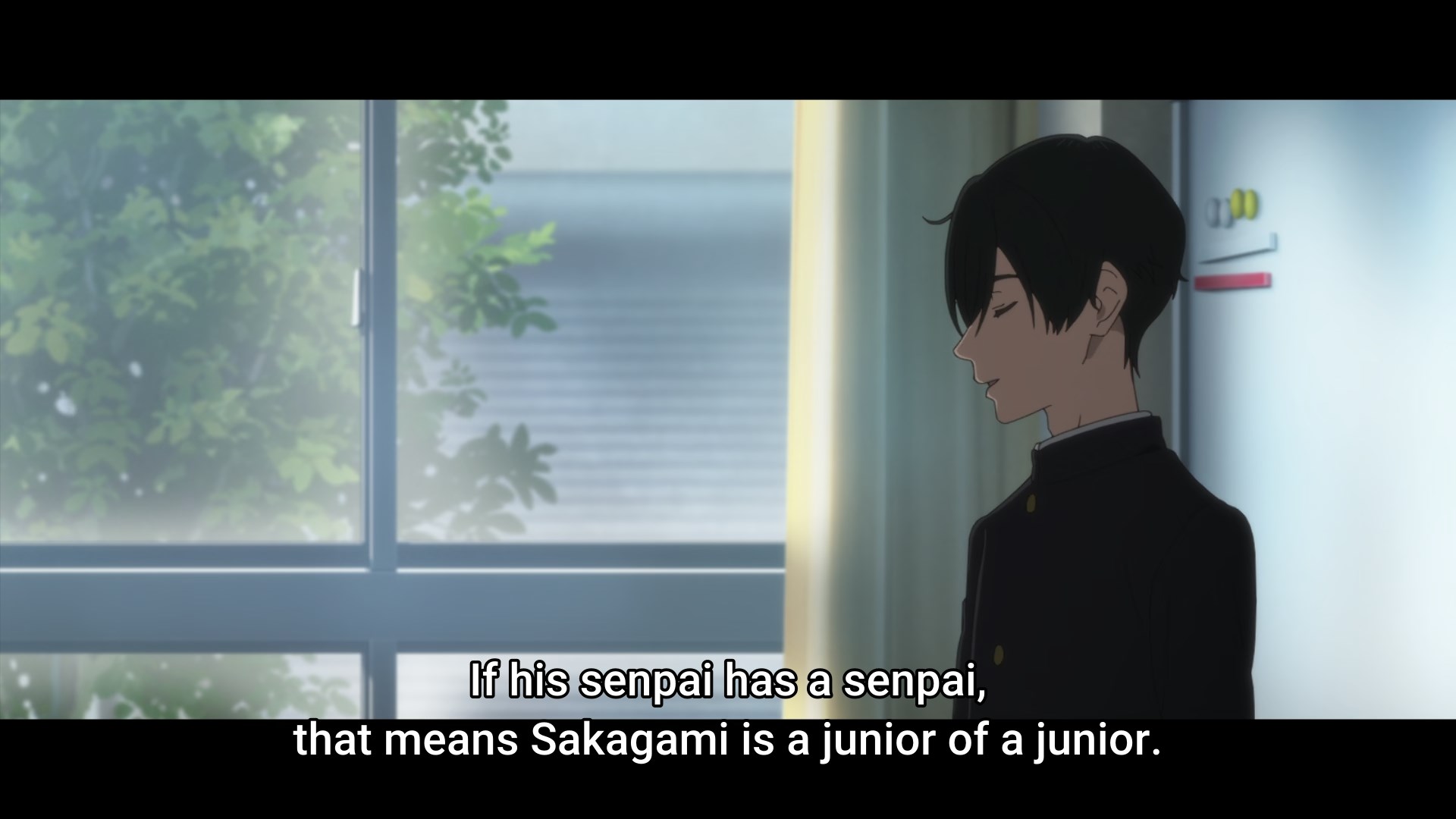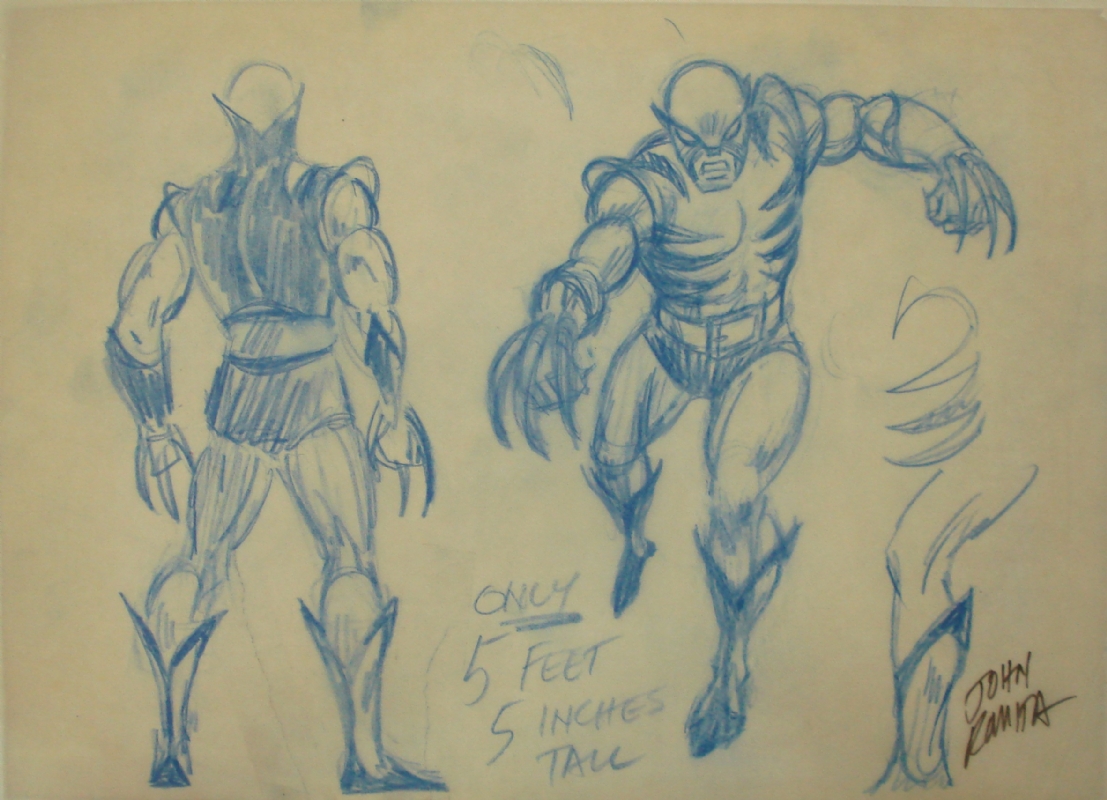In alphabetical order here are the shows from this season I’ve kept watching weekly. Which ones are you watching?
2.5 Jigen no Ririsa is your most basic of otaku bait romcom shows. Our protagonist is only interested in fictional woman until a girl enters his manga club who loves cosplaying his favourite character so he becomes her photographer. Not only that, there’s also a famous teenage model who is his childhood friend and is in love with him. Very much a lesser sort of My Dress-Up Darling.
Bye Bye, Earth: Lablac Belle is the only one of her species in a world of intelligent animals, lacking fur, scales or fangs unlike everybody else. She wants to find her roots but has to overcome all kind of challenges to even be able to start her journey. While the plot is a standard sort of ‘hero’s journey, what sets this apart is how dense and interesting the world is as well as how uninterested the series is in explaining it to you. A breath of fresh air after years of (pseudo-)isekai shows insisting to tell you what an adventure guilt is and how the ranking system works in their very first episode.
Dungeon no Naka no Hito. As Clay is busy conquering the dungeon her father disappeared in, she accidentally breaks one of its walls revealing a bed room? Turns out the monsters in the dungeon are its employees and the dungeon’s caretaker is eager to recruit Clay to help her run the dungeon. This is basically Dungeon Keeper: the workplace comedy.
Elf-san wa Yaserarenai.. Various fantasyland creatures have moved to our world and are now having trouble keeping their figure amid all the temptations of modern Japan. Luckily diet expert and massage therapist Naoe-kun is there to help. A half length fetish show with half naked elf and orc women trying to lose weight and failing. The manga is better but I’m not proud.
Giji Harem. Rin is the star actress of her high school drama club. Eiji is her senpai, working behind the scenes doing the set design and building. They quickly become friends and one day as Eiji bemoans his lack of a harem, Rin starts acting out various harem anime archetypes for him. That’s the hook but what keeps me watching is the gradual deepening of their relationship and Rin’s giggles of pleasure when she’s having fun with her senpai.
Gimai Seikatsu. Yuuta and Saki are classmates but then their parents remarry to each other, leaving them siblings. Warning signs usually start flashing at this point as you’re preparing fro some thrashy pseudo-incest, but instead this sofar has been a thoughtful, interesting series about two strangers learning to live together. I fully expect some sort of romance between them before the series is over, but it will be earned.
Hazure Waku no “Joutai Ijou Skill” de Saikyou ni Natta Ore ga Subete o Juurin Suru made. Just from the title you know it’s another thrash isekai show and you are right. Protag-kun’s whole class is summoned to another world to play hero for a manipulative goddess but he’s thrown into a dungeon from which no escape is possible for his thrash powers. Go to the head of the class if you already knew he’s actually overpowered and emerges from the dungeon out for revenge. I liked the manga version of this and the anime is decent enough to follow, though done in a weird mixture of 2D and 3D animation.
Katsute Mahou Shoujo to Aku wa Tekitai shiteita: the sub boss of an evil organisation falls in love with the magical girl opposing them. Hilarity ensues. By Studio Bones, this is a gorgeous looking half length show.
Koi wa Futago de Warikirenai: Jun is childhood friends with twin sisters Rumi (sporty, romantic) and Naori (intellectual, nerdy). After Rumi dates, then dumps him at the end of the first episode it’s Naori’s turn for the second episode, after which the series settles in a deliberately manipulated romantic triangle between the three of them. Fun little show and it won my respect when in an earlt episode Naori’s skirt was blown open by the wind, Jun got a handful but we as viewers did not.
Madougushi Dahlia wa Utsumukanai. Reincarnated after dying of overwork, Dahlia is a magical tools engineer now, having started her own business after her father passed away and her fiancee broke off their engagement. Slightly stiff animation but a beautiful setting and the promise of romance makes this worth watching even if the setup is a bit cliched.
Make Heroine ga Oosugiru!: an ordinary boy gets involved with various losers of a romcom love triangle as they struggle with what to do now. Funny but also suprisingly touching at times. Also one of the most gorgeous looking and animated series this season.
Mayonaka Punch: cancelled Youtuber teams up with a vampire coven to get famous again, after which the head vampire gets to drink her blood. Great characters, great animation and great sense of humour.
Na Nare Hana Nare: six girls from different high schools come together to do cheerleading together. A bit uneven and eight episodes in it’s still unclear where this is heading, but on an episode by episode base this always puts a smile on my face.
Shikanoko Nokonoko Koshitantan. The most hyped series of the season but this is isn’t as good or funny as the hype would have it. It relies a bit too much on SHOUTING as humour.
Shinmai Ossan Boukensha, Saikyou Party ni Shinu Hodo Kitaerarete Muteki ni Naru: Rick used to be a clerk for the Adventurers Guild but two years ago quit to become an adventurer himself, despite his low innate abilities. Having been trained by the most powerful team in the world, he has taken his license exam and is now on a fetch quest with them for a certain set of jewels. One of the series where the initial premise is quickly made irrelevant for a more generic plot. I do like that one of the stereotypical early bullies he needed to defeat to become a real adventurer returns to be an ally in his quest, having realised his strength.
Shoushimin Series: Kobato and Osanai want to be normal teenagers, but keep getting dragged into mundane mysteries nevertheless. Based on novels by the same author as Hyouka. None of the characters in this really convince as actual people and the various mysteries are incredibly dull but somehow it works. The care and attention given to the animation here by CloverWorks helps.
Shy: Tokyo Dakkan-hen: second season about the superheroine who is indeed as shy as her name implies. If you liked the first one you’ll like this as well.
Tokidoki Bosotto Rossiya-go de Dereru Tonari no Alya-san. Alya likes Kuze but is embarrassed to show it, so only says it in Russian. Little does she know Kuze can actually understand her. A fairly straightforward romance series that also wants to say something about the pressures family can put you under, Kuze having noped out of being the heir to his prestigious maternal family, leaving his little sister to take up the burden. She’s also in his school, masquerading as his childhood friend. Cue misplaced rivalry with Alya. I would like this better if Alya, supposedly highly capable, was allowed to do more and not had to be rescued every time by Kuze.
VTuber Nanda ga Haishin Kiriwasuretara Densetsu ni Natteta: when vtuber Kokorone Awayuki accidentally forgets to turn off her stream after she signs off and proceeds to get drunk and rant while still streaming, it becomes the breakthrough in her career she needed. The gap between her usual polite, sweet persona and foul mouthed ‘real’ nature proves to be irresistible. Fun for everybody who, like me, fell in the vtuber rabbit hole during the Covid pandemic.

